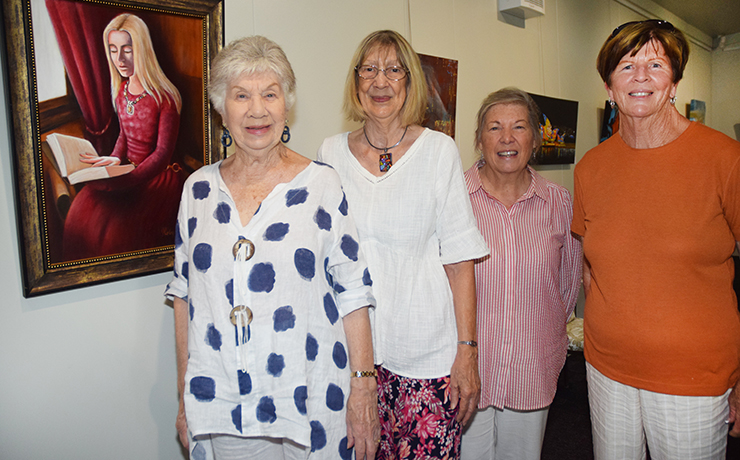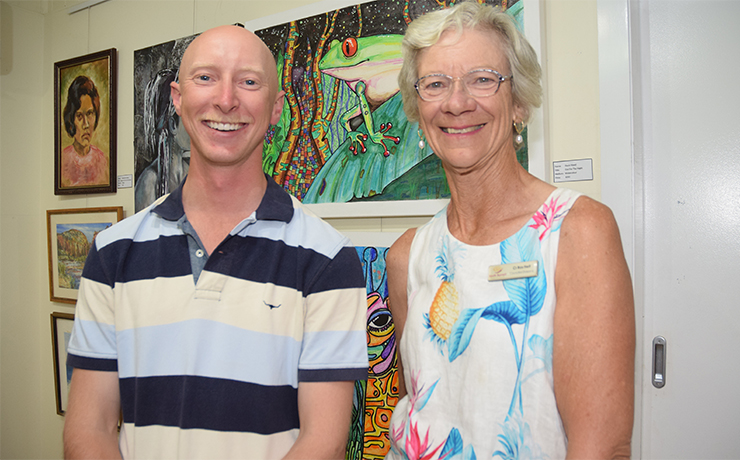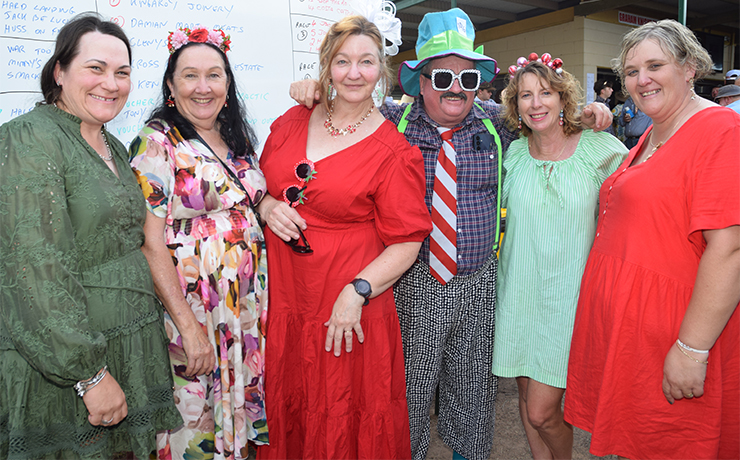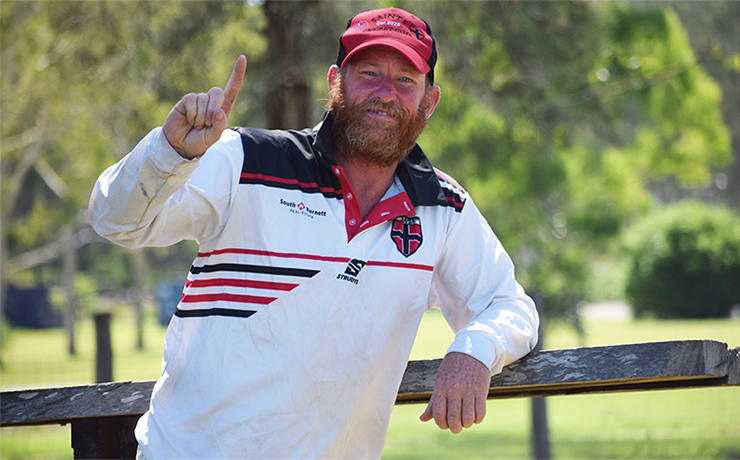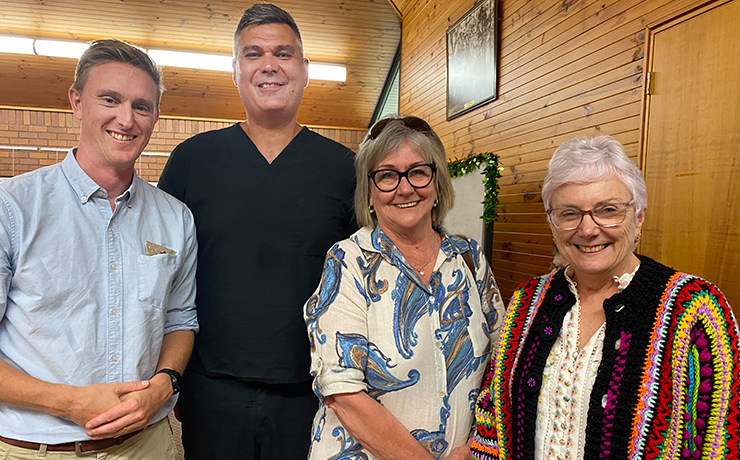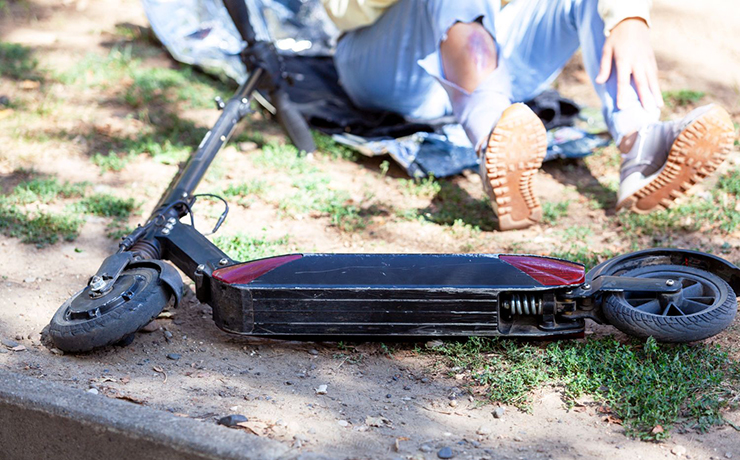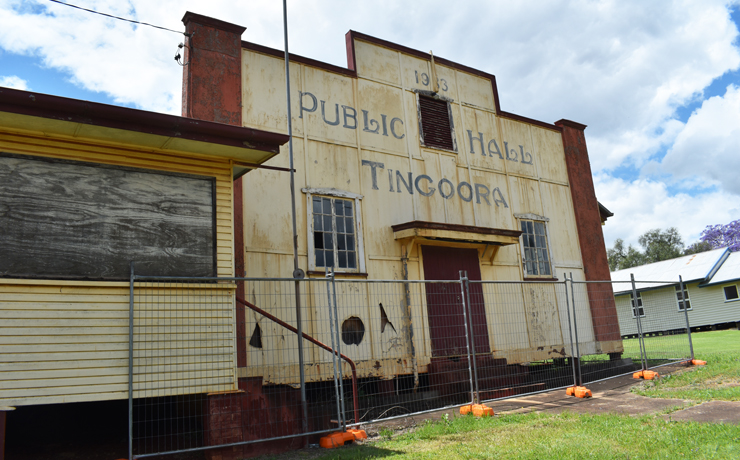
February 7, 2024
South Burnett Regional Council has voted to demolish Tingoora Hall.
However, it will spend an extra $75,000 to demolish the hall manually rather than mechanically so the hall’s crow ash dance floor can be salvaged and offered to the Wooroolin Hall committee.
The decision to level the 90-year-old building was taken at the Council’s January meeting, its final full meeting for the current term.
It followed two community consultation meetings held during the past two years, and an online community survey that attracted no responses.
At January’s meeting, officers said the Council had five options on how to proceed, with costs based on works carried out at other community halls over the past two years.
Those options were:
- Mechanical Demolition to remove the asbestos from the hall, demolish the structure and clean up the site ($75,000)
- Manual Demolition to remove the asbestos from the hall, demolish the structure and clean up the site manually, which would allow officers to repurpose and recycle some materials ($150,000)
- Total Renovation to renovate the hall in-situ to modern building standards ($900,000)
- Relocation and Renovation to relocate the hall to a new site nearby and then restump and renovate it ($920,000), or
- Demolish the Supper Room and Renovate Remaining Building to remove the asbestos from the hall and demolish the supper room and kitchenette sections, then rebuild the side wall and renovate the remainder – a move that would reduce the hall’s floor area by about 30 per cent ($850,000)
Officers said demolition or relocation would all solve the Hall’s land tenure issues, which would otherwise cost an additional $50,000 to fix.
They also noted the value of any materials recovered from manual demolition would not meet the extra cost and this option was economically unviable but agreed it would allow some materials that have sentimental value to the community (eg. the dance floor) to be saved.
Councillors voted unanimously to support a motion proposed by Cr Kathy Duff and seconded by Cr Kirstie Schumacher that the Council budget to demolish the hall in the 2024-25 financial year and salvage any viable construction materials for repurposing, then go back to the Tingoora community to advise its future plans once tenders for a replacement facility had been received.
Cr Kirstie Schumacher said she recognised the hall’s significance to many residents.
“It was absolutely extraordinary that during times of war, and during times when community was really down and out, those few local members of our community took out a loan, established a committee and built that hall,” she said.
“They built that hall so that they could come together. I am still quite sad to see the hall to go … this wasn’t an easy decision.”
* * *
The History Of Tingoora Hall
Tingoora’s first community hall was built in 1911 next to the now-defunct Home Creek Hotel but it soon became apparent it was too small for square dances and too poorly equipped to serve the Tingoora community.
So in 1930, a public meeting was held to discuss erecting a Public Hall and School of Arts to replace it, and a building committee was formed.
This committee estimated it would require about £500 to build a new hall but government funding was unavailable due to the Great Depression gripping the nation at that time.
So the project stagnated until 1933 when the QWCA proposed the new hall incorporate a QCWA restroom.
In July 1933, an allotment was purchased and the building committee became the trustees of the land.
Tenders were called for the construction of the hall a month later after a bank loan for £500 was approved.
Tingoora Hall was built using local contractors and was officially opened on December 2, 1933.
The total cost of the hall and its fittings was £700, with the shortfall made up by local contributions.
During World War II, Tingoora Hall became a focal point of entertainment in the region and the funds this generated allowed the building to be lined and ceiled in 1956 and the interior painted in 1958.
But by 1970 attendance at the hall’s dances began to go into decline – a fall partially attributed to the popularity of television – and while a new dance floor had been planned by the hall committee at that time, this decline meant they were unable to proceed with the work.
In 1994, the hall committee asked Wondai Shire Council to take over control of the building and the hall soon fell into disuse, gradually becoming so dilapidated that security fencing was eventually erected around it to preserve public safety.
South Burnett Regional Council wrote the building off its Asset Register more than a decade ago, but postponed any decision on its future.
This was partly caused by the hall’s location – it sits across two blocks of land, one owned by the Council and the other by the Hall’s committee (all of whom are now deceased) – and partly because of legal difficulties surrounding the original hall committee’s constitution.
The Council called two public meetings in 2022 and 2023 to discuss the Hall’s future with the Tingoora community before reaching its decision about how to proceed.
Related articles:













